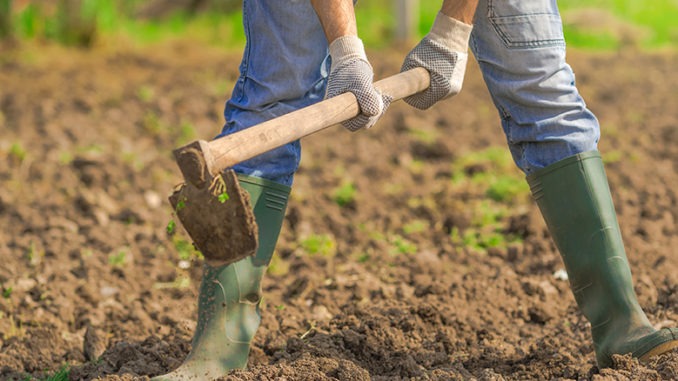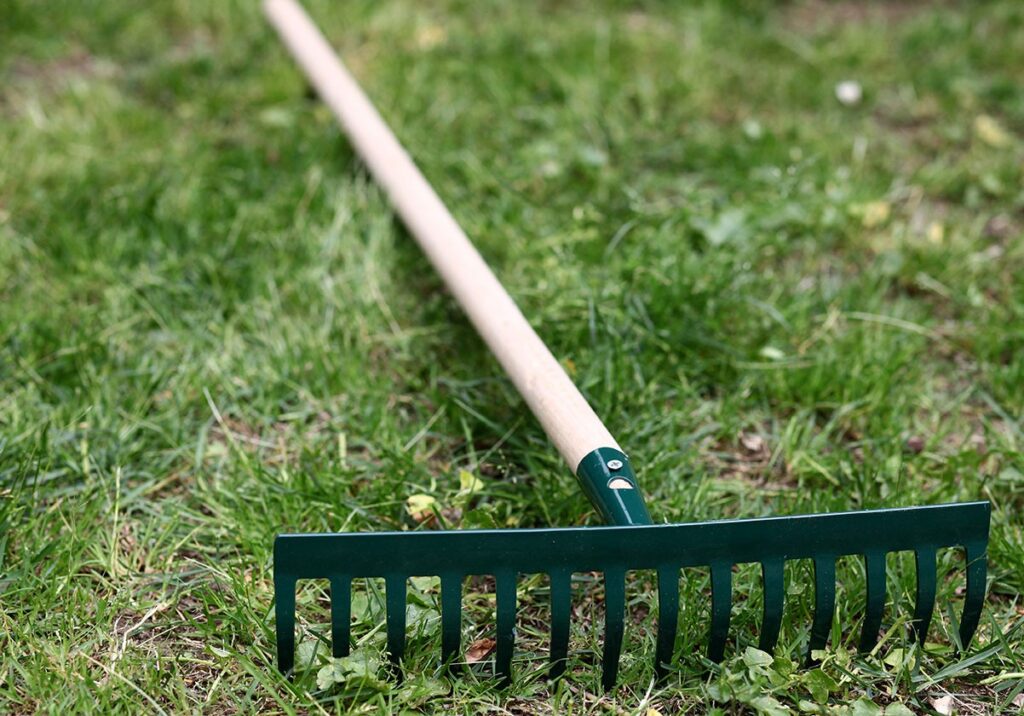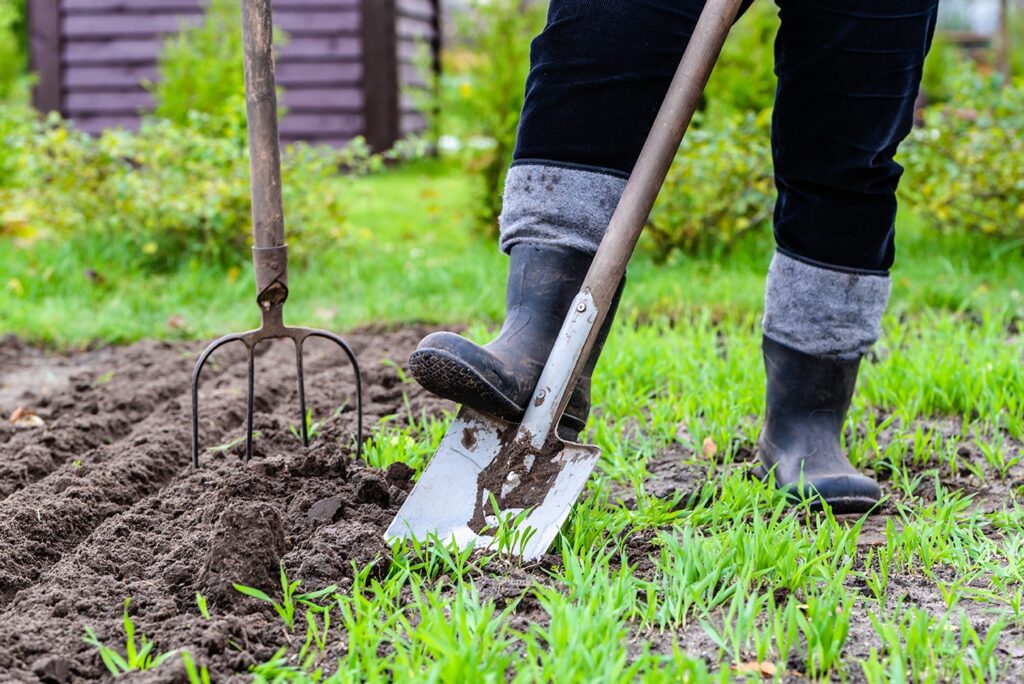
Your soil is earth, air, water, earthworms and countless microorganisms that maintain fertility (availability of nutrients for the roots). Its preparation consists in influencing the proportion of these components to make it more conducive to the growth of the plants you want to plant. It is from the soil in your garden that plants obtain food and water.
When to prepare the soil in my garden?
It is advisable to prepare the soil before planting trees, shrubs, perennials or annuals, vegetables or sowing a lawn. This is all the more important when the ground has been disrupted by the construction of a house, the construction of a swimming pool or the garden has been abandoned for a long time.
Preparation is done when the soil is bare, generally from fall to spring, avoiding periods when the soil is soggy (surface puddles). Any repeated trampling would result in settling, especially on heavy soil. It is exactly the opposite that we are looking for when working the soil.
What to prepare the soil of my garden with?
- 1 spade
- 1 spade fork
- 1 claw or hook
- 1 rake
- For different tillage: 1 so-called “ecological” fork

How do I prepare the soil in my garden?
- Work the soil in rows , if possible backing up, so as not to trample on what you have unpacked. Push in the edge of the spade vertically, then leverage the handle to extract the root ball. Collect the soil from the first row in a wheelbarrow.
For the following rows, there is no need to lift the spade and its clod of earth very high, it suffices to tilt the iron towards the previous row. You will fill the last row with soil from the wheelbarrow.
- In very heavy soil, which sticks to the tools, use the fork-spade instead . The movement is the same as with the spade: the compacted earth forms a clod that you can lift whole even with a toothed tool. In addition, the teeth penetrate more easily into compacted soil than the solid iron of the spade.
- Ecologically speaking , turning over the clods of earth during digging disturbs the useful fauna of the soil a little.
Ecological tillage consists of creating cracks in the soil where water and air can rush deep.
Less physical than digging, it is done with specific tools (grelinette, aerobeche, ecological fork, etc.), with tines and double handles. We push the tines vertically into the ground, we swing the tool back and forth by pulling and pushing on the two handles, then we extract the tines from the ground by bringing the tool back to you to plant it about a step further.
When the earth is light, stony or worked regularly, this is enough.
- If you don’t want to plant immediately, allow wildlife and weather to break up the clods . You will only have one stroke of the rake to give when planting or sowing.
If planting and sowing must take place immediately after digging, scratch the digged surface in order to break up large clods and refine the soil. Finish with a rake to flatten.

Take care!
Working the soil requires significant physical effort. It is not necessary to work the soil of your whole garden at the same time, or even in the same year. You can do it gradually, as you plant. Depending on the size of your vegetable garden or flower beds, you don’t have to do everything on the same day either. You can spread the effort over several weekends.
Earthworms and other soil microorganisms also take care of tilling the soil and sometimes better than you! Rather than exhausting yourself, it is better to encourage an increased colonization of these discreet and hard-working auxiliaries. So, after digging, cover the soil with a thick layer of organic mulch to stimulate these underground activities
